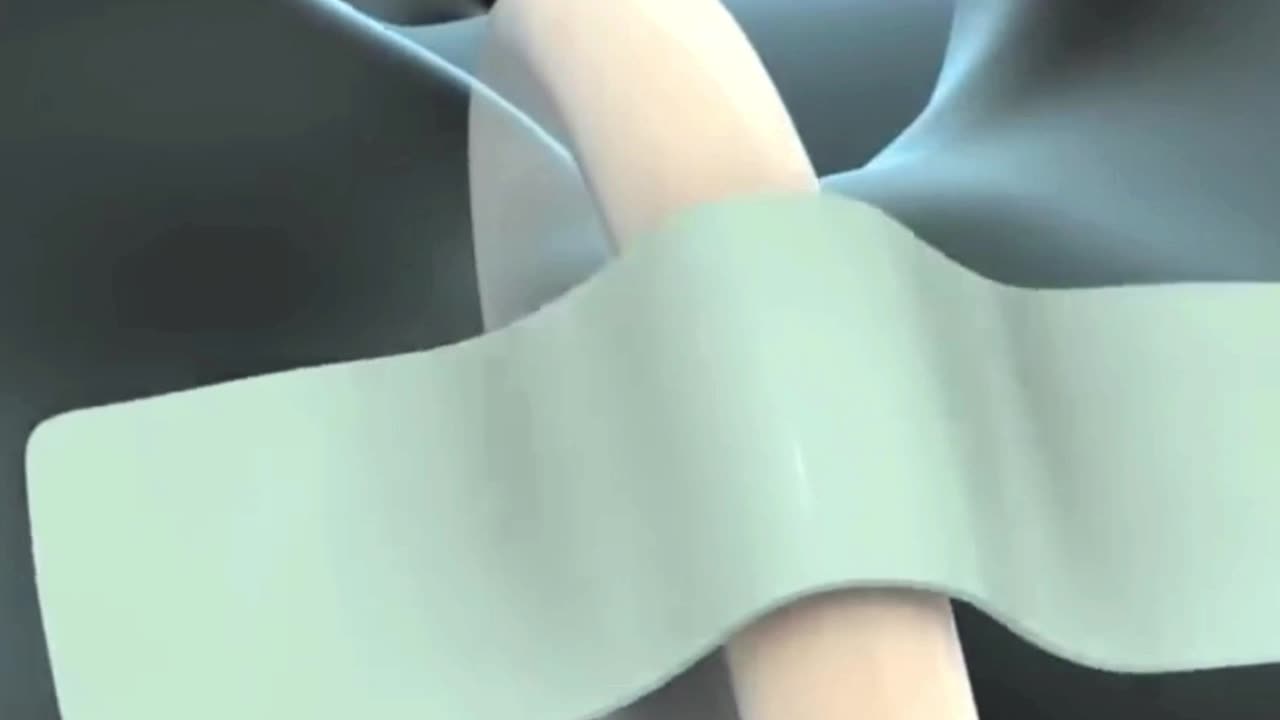Premium Only Content

Intubation and endotracheal tube ETT
Intubation and Endotracheal Tubes
Intubation is a medical procedure that involves inserting a tube into a patient's airway to ensure they can breathe properly. This process is commonly performed in emergencies, surgeries, or when a patient cannot breathe independently due to illness or injury.
What is Intubation?
Intubation involves placing a flexible tube, called an endotracheal tube (ET tube), through the mouth or nose and into the trachea (windpipe). This tube helps keep the airway open and delivers oxygen, anesthetic gases, or other medications directly to the lungs.
When is Intubation Necessary?
Intubation is often required in the following situations:
- Respiratory Failure: When a patient cannot breathe adequately.
- Surgery: To maintain an open airway and avoid aspiration during anesthesia.
- Severe Infections, such as pneumonia or COVID-19, can impair breathing.
- Trauma: Injuries to the head, neck, or chest that obstruct the airway.
- Overdose: When drug overdose causes respiratory depression.
The Intubation Procedure
1. Preparation: The patient is usually given medication to sedate them and prevent pain. Vital signs are monitored closely.
2. Positioning: The patient's head is tilted back to open the airway. A laryngoscope, a unique instrument with a light, is used to view the throat and guide the tube.
3. Insertion: The endotracheal tube is carefully inserted through the mouth or nose, past the vocal cords, and into the trachea.
4. Confirmation: The tube placement is confirmed by listening to breath sounds, checking chest movement, and using devices like a capnograph to measure carbon dioxide levels.
5. Securing the Tube
Types of Endotracheal Tubes
- Oral Endotracheal Tube: Inserted through the mouth.
- Nasal Endotracheal Tube: Inserted through the nose, often used when oral access is difficult.
- Cuffed Endotracheal Tube: A balloon-like cuff near the tip inflates to seal the trachea, preventing air leaks and aspiration.
- Uncuffed Endotracheal Tube: Lacks a cuff and is often used in children.
Risks and Complications
While intubation is a life-saving procedure, it carries some risks, including:
- Infection: Increased risk of pneumonia or other infections.
- Injury: Damage to the teeth, vocal cords, or trachea.
- Misplacement: Incorrect tube placement can lead to inadequate ventilation.
www.MedicalArtsShop.com
-
 UPCOMING
UPCOMING
Edge of Wonder
2 hours agoSpiritual Awakenings to Prophetic Dreams & Transformation: Sherri Divband Interview
233 -
 LIVE
LIVE
The Mike Schwartz Show
4 hours agoTHE MIKE SCHWARTZ SHOW Evening Edition 11-28-2025
140 watching -
 1:05:35
1:05:35
Russell Brand
6 hours agoMAHA Summit: Comedy, Controversy & Clarity - SF656
65.2K24 -
 49:45
49:45
Liberty Hangout
1 day agoThe Left HATES America and Can't Change My Mind!
80.8K95 -
 23:42
23:42
The Kevin Trudeau Show Limitless
2 days agoThe Brotherhood’s Ancient Mirror Code Revealed
33.4K15 -
 10:18
10:18
Colion Noir
7 hours agoViral TikTok Proves Gun Owners Wrong?
48.9K40 -
![MAHA News [11.28] Team MAHA Dropping Bombs, Pesticide Fight, Campbell's Soup Outed, Save Ranchers](https://1a-1791.com/video/fwe2/11/s8/1/O/6/L/D/O6LDz.0kob-small-MAHA-News-11.28.jpg) 1:19:18
1:19:18
Badlands Media
17 hours agoMAHA News [11.28] Team MAHA Dropping Bombs, Pesticide Fight, Campbell's Soup Outed, Save Ranchers
28.4K5 -
 1:01:18
1:01:18
DeVory Darkins
6 hours agoBREAKING: Trump issues fatal update to National Guard shooting
136K100 -
 49:57
49:57
The Quartering
6 hours agoTrump UNLOADS, Walmart Black Friday Madness & Trans Taco Bell Attack
38.5K42 -
 39:51
39:51
Tucker Carlson
6 hours agoGeorge Galloway Speaks Out on Being Forced Into Exile After Criticizing Ukraine War
63.1K168